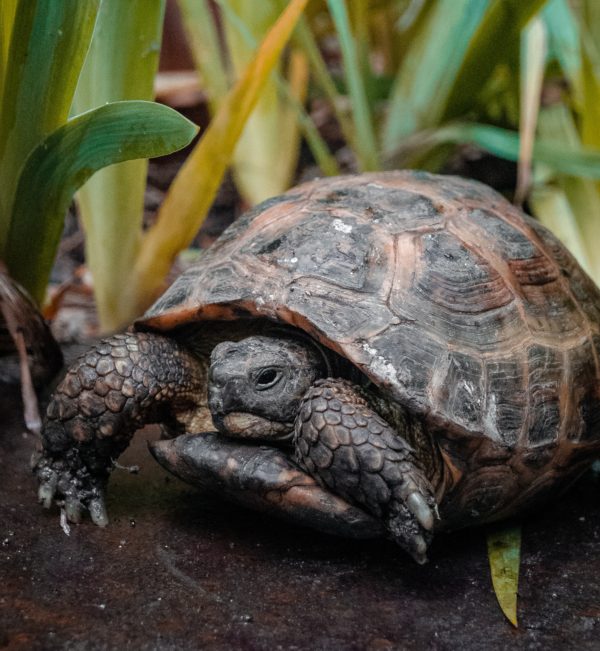Why Do We Fight Even Though We Love Each Other?
Why are we fighting? is a question that couples ask me in therapy. Of course, they also want to learn how to stop fighting, but this question of why remains a pesky one.
The answer is complicated. At a basic neuroscientific level, we must understand how we tick. Our brains are wired for survival. Whenever the Limbic, or reactive brain, senses danger to that survival, it kicks in to protect us.
In that part of the brain, we are mammals. As such, we only have a few reactive patterns available to us. Animals in nature will either fight, flee, freeze or submit. Think of the tiger, the deer, the opossum or the wolf. Each have a distinct way of reacting when threatened. So do we.
Some of us expand our energy when our relational space feels unsafe. We get louder, have more words and pursue the argument or fight. Maybe we’ll follow you out of the room, keep calling you back or refuse to sleep until our issue is resolved.
Others of us constrict our energy when upset. We shut down, get quiet and walk away. We’ll do anything to avoid a conflict. Perhaps we’ll even fall asleep to get away from our partners who are usually exhibiting expanded energy.
Here’s the rub. Typically, we are attracted to and fall in love with a partner who exhibits the opposite energy of ours. We practice these reactive patterns in childhood by learning to survive the dynamics in our families of origin.
For example, some of us learn to demand that our needs get met by protesting loudly. We may yell, scream and tantrum to get the love and attention we’re seeking.
Have you ever had the adult version of a child’s protest? Perhaps you or your partner have occasionally, or frequently, engaged in yelling, name-calling, slamming doors, pursuing, or even hitting. Harville Hendrix, PhD, labels this energy pattern: Hailstorm.

On the other end of the spectrum, we have what Hendrix calls the Turtle energy. Perhaps you, or your partner, are familiar with shutting down, refusing to talk, walking away, hiding or distancing? This is similar to a child who hid in the closet or under the bed to avoid conflict and intense emotion when young.

When these two patterns of survival begin to interact with one another, the result is a fight. Each party has pulled on their “survival suit” and the clanging in the middle can be deafening! So, when we fight with someone we love, it has nothing to do with the degree of care or commitment we have to our partners. Rather, it has everything to do with the degree of skill we have in containing our Limbic Reactivity.
In good Couples Therapy, we teach containment. To be Relationally Mature, a couple must have the proper skills to communicate in a way that does not trigger their Hailstorm or Turtle energy. Neuroscience has also taught us the power of eye gaze, touch and breath in keeping any two people connected and calm.
When used consciously, these tools can help couples to discuss the most difficult topics without turning it into a fight. I witness couples resolving their differences while maintaining full presence and commitment to understanding, validating and empathizing with each other. In other words, we can learn to stay in the Cortex.
The Cortex is the part of our brains that is not reactive, but rather is mature, smart and thoughtful. In full connection with our partners, we can resist the pull into our reactive natures and stay there. This allows us to be thoughtful, analytical, mature and to resolve our problems and issues…something that never happens while fighting.
If you find yourself fighting with someone you love, blame it on your brain! Also know that good therapy can help you to find a way out of that pattern of relating.
For more information, feel free to contact me. Good communication can be learned with the help of an experienced guide.




